I just spent nine days in Tokyo. I was in the neighborhood because my friend just got done with an 11-month fundraise and needed a vacation something fierce and wanted to see Taiwan while we still can.
Trip photos from Taipei:
Airport, bus, and Main Station
Chiang Kai-shek Memorial Hall & stuff
Tapei Botanical Garden and Longshan Temple
Walk to the Grand Hotel Taipei
White Terror museum and other stuff
Tokyo photos to come. Watch my Facebook page.
I have much to say about the trip, obviously. But, as this is a newsletter about gender, I wanted to make sure I wrote down my reflections on that first.
Before I say more, I want to share this plaque I found in the National Palace Museum in Taipei:
It was near a painting by a Chinese mainlander of the native people of Taiwan. According to another plaque it more accurately depicted, at least in certain ways, the artist’s assumptions than reality. For instance, the painting showed women at work sitting on stools rather than on the ground.
If a painter can get something so black-and-white wrong while he’s looking at it, you should certainly take everything I have to say with a shaker of salt.
I know next-to-nothing about Japan. This includes anything about their gender norms.
However, when I left for Asia I’d just read this WaPo story on new research from Dr. Claudia Goldin. I know Dr. Goldin from her Nobel-prize-winning work on how marriage and parenthood explain most of the modern gender pay gap.
Her new research indicates that male domestic labor boosts fertility.
In every country, women spend more hours on housework and childcare than men, regardless of how many hours both work outside the home. As a result, men have more leisure time than women, on average. Dr. Goldin’s recent work shows that as women entered the labor force after WWII, fertility declined less precipitously in countries where the average man increased the number of hours he spent doing unpaid domestic labor.
“In Japan and Italy, women spend three hours more than men per day on household and care tasks,” Heather Long wrote about Goldin’s research. “In Sweden, it’s less than an hour difference. Sweden’s fertility rate is notably higher.”
My understanding is that fertility declines are downstream of reduced and delayed marriage. Dr.
has written a lot about how regressive gender norms are part of why marriage and fertility are down in South Korea and China. This is probably true of Japan as well.As
recently put things, “Romantically unsuccessful men aren’t competing with attractive men—they’re competing with women’s ability to choose to stay single (either in the interim or indefinitely) and support themselves." And these men sure don’t love it!I didn’t learn a ton about gender on this trip, unfortunately. I only had about a week to prep. Plus, as I wasn’t paying I didn’t necessarily always get to choose where to go or what to do. It also wasn’t my first priority. That was eating.
Despite these limitations, I did learn a little about gender in Japanese history at the Tokyo National Museum.
One of the funner facts: A female performer named Izumo no Okuni developed Kabuki theater in the early part of the 17th century.
Also, Kabuki was aimed at a more general audience than the earlier Noh style, which was for the aristocracy. Ladies do be inventing and democratizing.
I also got to see an example of female teeth blackening, as depicted briefly in Blue Eye Samurai.
It was also interesting to see a depiction of early female cross-dressing in Japan.
Thanks to
, I got to meet , bestselling author of Tokyo Vice and other books.In Tokyo Vice, he wrote that you could buy pretty much any sexual service in Japan except PIV sex.
Indeed, based on a quick Google search, it’s still pretty legal and easy to buy a blowjob in Tokyo. It’ll cost you around $25.
Sex in general seems less stigmatized, with “love hotels” still advertising openly:
IMO, for a culture to be feminist it must refuse to moralize, stigmatize, or criminalize sex. This is necessary, but hardly sufficient.
Here are a few other things I noticed about gender norms in modern Tokyo.
First, the men in Tokyo don’t seem to consider it feminine to care about one’s appearance. I saw many ads where men appeared to hawk skincare products. When thrifting, I saw more men’s clothes than women’s. Just looking around, more men had clearly put some effort into their hair and clothing than I’m used to seeing even in Manhattan or San Francisco.
At the risk of othering or tokenizing, Tokyo beat previous winner Rome for highest concentration of the most beautiful people I’ve ever seen IRL. I think England and some of the places she colonized are probably really the worst in the world for the idea that only gay men wash their asses regularly.
Besides men not looking like shit, however, I didn’t see a whole lot of gender non-conformance in Tokyo. I did see a few androgynous-looking folks. But I saw fewer than a handful of people who appeared trans. My first thought was that maybe they’re all just passing better. That could point to stigma. It could also just be a byproduct of a culture that seems to prioritize beauty and fashion and doesn’t exactly eschew cosmetic surgery in general. I could also be totally wrong about all of this. See disclaimer above.
In terms of actually talking to people, we didn’t do a whole lot of that, sadly. I did find a language exchange meetup. Sadly, it was all expats except for one very quiet native. Then again, we were all quiet compared to one very mouthy and slightly drunk Hungarian Jewish libertarian weeb. “We go to Tokyo and of course you find the libertarian,” my friend said on the way back to the Airbnb.
We only got to talk in any depth with one native Japanese person. The owner of Bumpkin Bar talked to us for a long time, probably because we were his only customers. My mocktail request confused him. But whatever he made me was very tasty.
Like in Taipei, every restaurant seemed to serve beer and wine. Some also had cocktails. But dedicated bars were few and far between, at least compared to the States. Bumpkin confirmed that cocktail culture wasn’t really a thing yet in Japan.
I didn’t feel comfortable asking Bumpkin anything specific about gender. But he did make a comment about how more women are driving for Uber and they’re not great drivers. I thought it was bold for an Asian person to stereotype about driving. I can say that because I’m admittedly bad at it.
I’d say Taipei was even more gender-conforming than Tokyo. I saw far fewer men with long hair or interesting clothing. I don’t remember seeing ads selling skincare to men. We were only there for about seven days, and didn’t really talk to anyone but each other.
If I ever get back to Asia, I’ll hopefully have more lead time for reading books and finding the right people and places for learning.
You can guarantee I learn more about gender on my next trip by funding it. Just look up cathy.reisenwitz@gmail.com on PayPal and put “Japan” in the notes.
[Update: According to the 12/21/24 issue of The Economist, the average older British woman has sex twice per month. Her Japanese counterpart has sex zero times monthly. Peter Ueda said Japanese marriages tend to be more “transactional” than British ones, which might help explain this phenomenon. Another possibility: More than 70% of older Japanese wives say their husbands “never communicate” about what either of them might want in bed.]


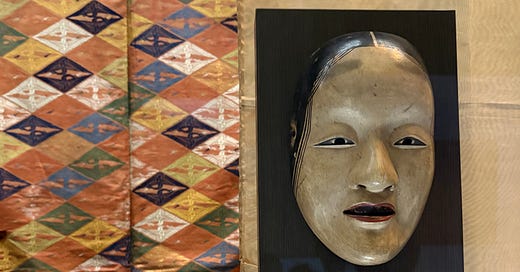



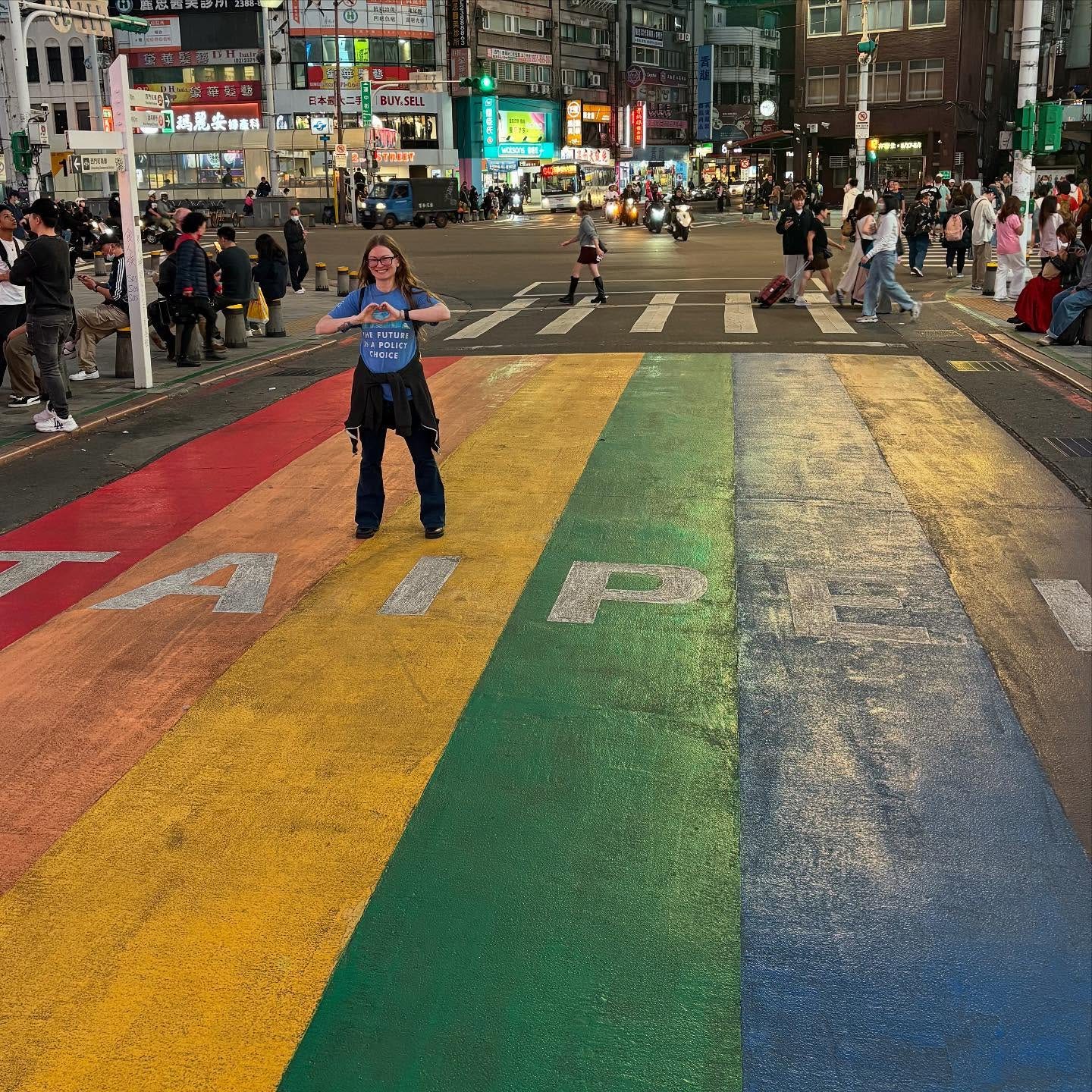

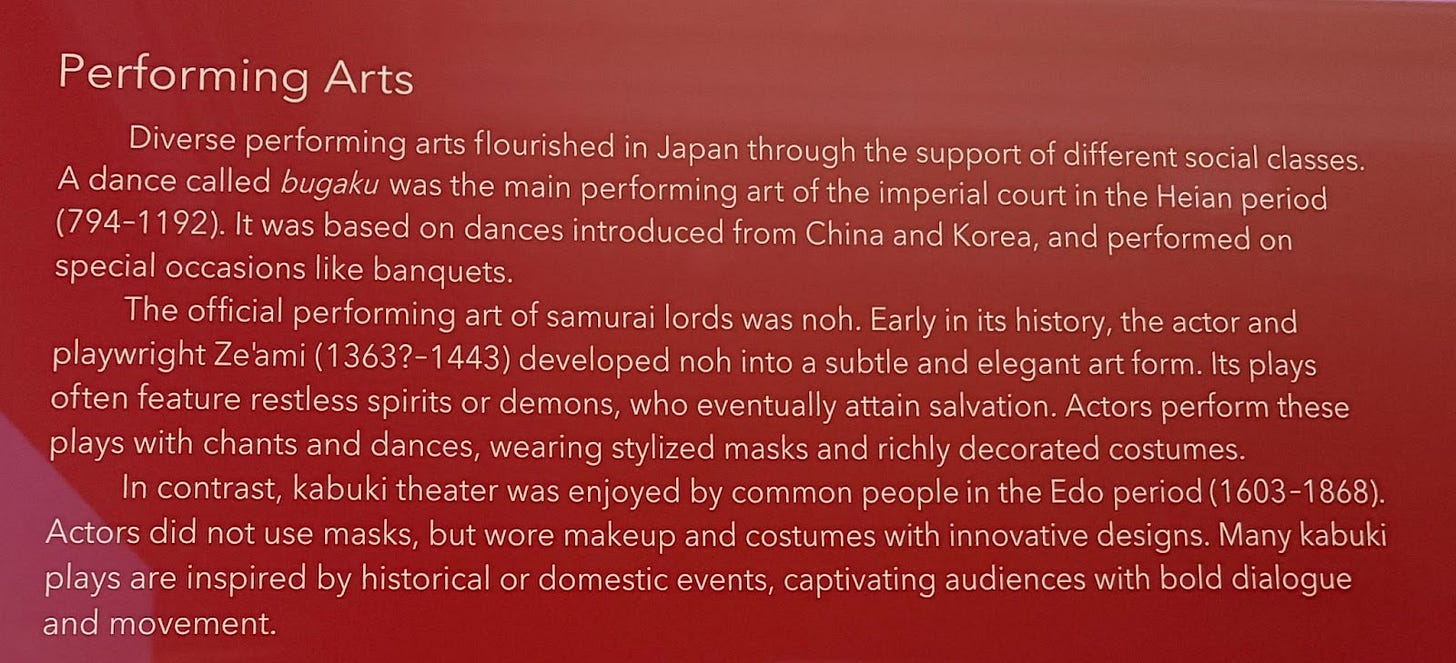
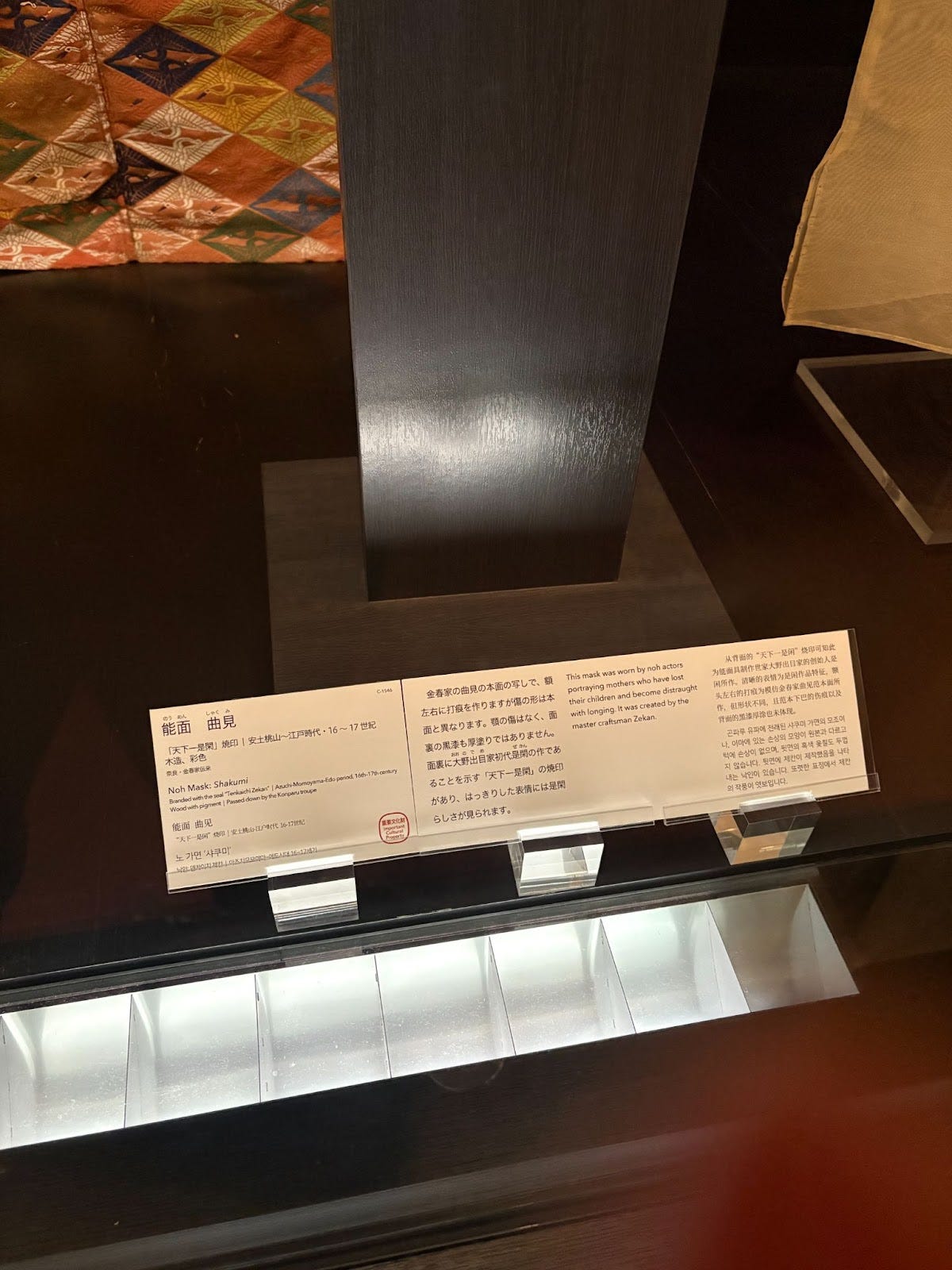
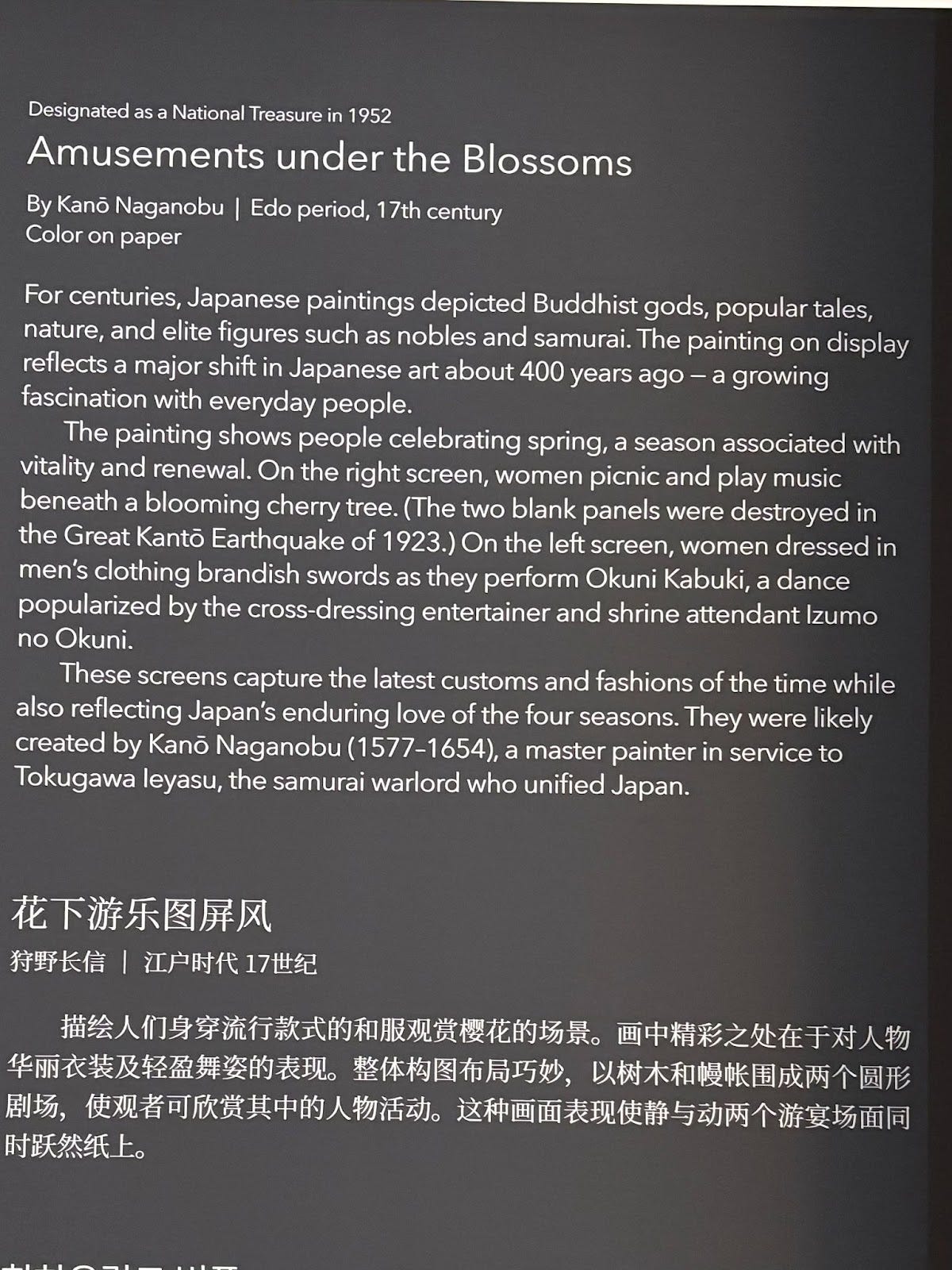
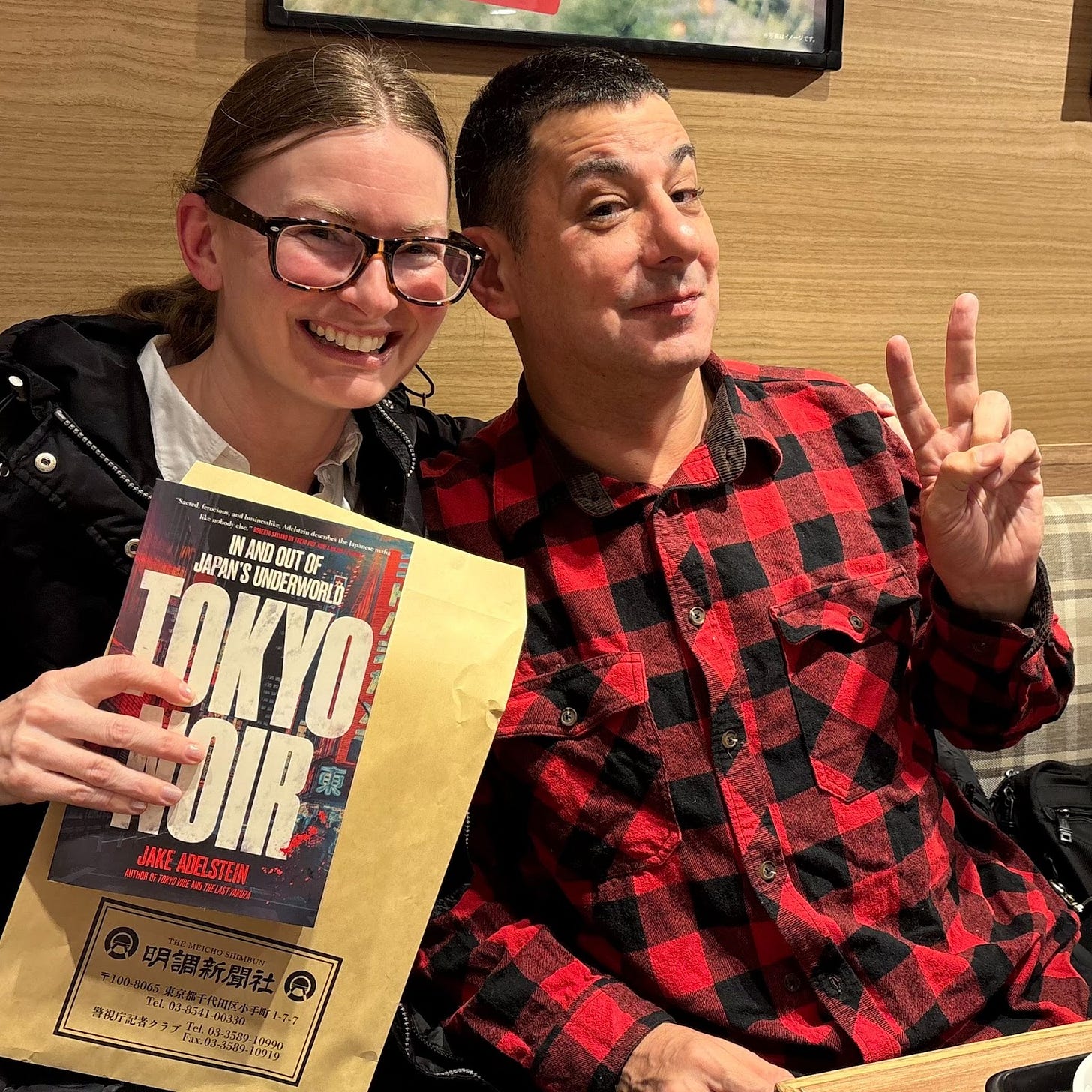


Good for you for taking the unexpected travel opportunity. Yay Cathy!
I am Japanese-American and also just got back from a trip abroad. Always good to step out of your life and this country for a bit, take a look around, you know.
I think KH made some great points. I want to add some more thoughts.
Sexuality and gender in Japan do not neatly map onto the Western "spectrum" of progressivity/traditionalism when it comes to these topics. I think it's mostly because Western "traditional" norms come from the Victorian era, and the hangover that ensued as we tried to bust out of the literal and metaphorical corsets. That was imported directly during the US occupation of Japan after World War II: there are stories of American officials scandalized by mixed gender bathing (and remember, this was the 40s and 50s), because in the western mind, nudity was associated with sexuality, promiscuity, and shame (thanks Christianity). I can imagine this led directly to the segregation of male and female baths.
As Japan became more and more westernized, mixed gender bathing became relegated to more rural, less westernized places (I've been to a few, they're wonderful). I think there are many examples of different native cultures' healthier and more permissive relationship to bodies and sexuality being snuffed out in the name of civilization. That's not to say there was not or is not enforced gender performance and sexual violence in Japan--there is a lot.
For example, being a nominally sexually open society (legal $25 BJs, open advertising for kink and sex work defined broadly etc.)-- does not mean gender norms are looser too. I would argue that gender norms are far more intense in Japan than in the US, maybe because society in general values uniformity and collectivity rather than individualism (no Japanese parent would ever, ever, ever tell their kid they're a special snowflake...at least not mine lol). And I think as a reaction to that, Japanese people who do take the risk to be visibly themselves can be incredible and unique, or feel so suffocated that they leave.
I think the thing with wonderfully pretty men (glad you noticed; me too) is that similarly, masculinity is *not* associated with like, the macho dirt-on-boots cowboy archetype. I would even venture as to call one of the thirsty Japanese masculine archetypes as like, a dandy. And to think that this is "gay" (as in, the no-homo kind of thing), is again to falsely map western ideas onto a different cultural model of gender performance.
Lastly, check out the Takarazuka revue theatre troupe. It started in the 1910s; it is an all-female cast Broadway on steroids, and it is truly the greatest and gayest thing ever. They have a huuuuuge following among especially young women, though I imagine only a fraction of those fans would necessarily identify as LGBTQ+. https://youtu.be/jlXWbPPX0_Q
I came from CHH's substack!
And I grew up in Japan - and I agree w those statements.
A couple of things to add
1. While Japan still lags behind States and Europe when it comes to gay marriage etc, it was a common practice among samural lord in civil war era (16th century) to have young and good looking men for a role that is the hybrid of secretary/sex partner/henchman.
2. There are places that offer sex "legally" through gymnastic interpretation of law in Osaka called Tobita-Shinchi (and few others) - they operate as "traditional Japanese restaurants" where "waiters happen to fall in love with customers" and "engage in sexual activity based on their agreement and free will". Caution: you can't take pictures there
3. Trans celebrity, for whatever reason, have been a thing in Japan. (Kenichi Mikawa, Matsuko Deluxe etc) If anything, trans and gays are somewhat conflated
4. Men are expected to be more presentable in the States for sure - back when I was in college, the expectation was to read fashion mag and copy styles from there